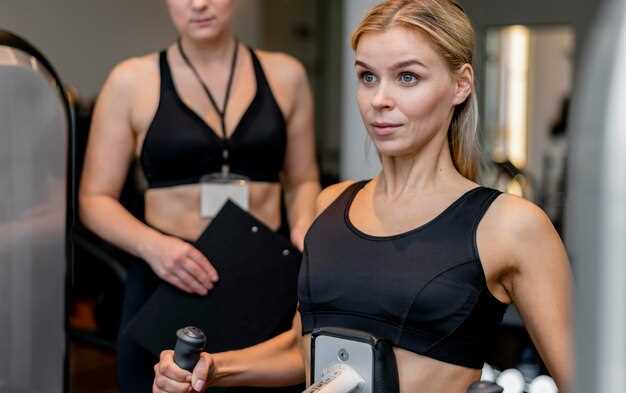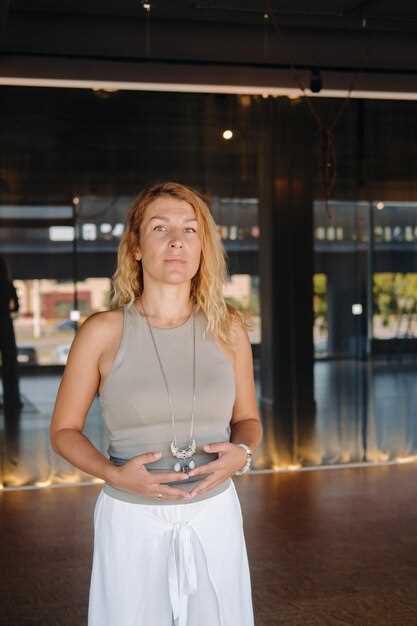Approach to development work centers on concrete outcomes for leaders and teams. The intake session lasts 60 minutes, documents current outcomes, and pinpoints three measurable targets in the areas of speed of decision-making, alignment of priorities, and quality of collaboration.
Process blends targeted skill blocks, real-time feedback, and data tracking. Participants complete a 360-degree input, then receive a 6-week plan with weekly check-ins and 15-minute daily prompts that reinforce new habits. By week 4, clients commonly report a visible reduction in rework and a 10-20% lift in meeting efficiency.
Credentials and experience are grounded in eight years of practice and 130+ engagements across fintech, manufacturing, and services. The toolkit emphasizes practical instruments: OKR alignment sheets, concise progress dashboards, and notes that capture outcomes and next steps for stakeholders.
Orientación for teams involves keeping targets visible in a shared document, assigning ownership, and scheduling a quick Friday review. Use a standard template for progress notes: a concrete win, a risk, and one explicit next action. This framework sustains momentum and clear accountability without adding process fatigue.
Results are tracked through monthly summaries showing cycle-time decreases, improved cross-functional alignment, and higher adoption rates of new practices. The emphasis is on observable change, not abstractions, with benchmarks set at the outset and revisited at each milestone.
Coaching Roadmap: Intake, Goal-Setting, and Action Milestones
Conduct a 15-minute intake call to confirm objectives, decision-makers, and success criteria; deliver a one-page plan within 48 hours detailing baseline metrics and a six-week route map.
-
Intake and Baseline
- Collect role and scope: title, team size, core responsibilities, and strategic priorities for the next quarter.
- Record current performance indicators: quarterly KPI trend, recent wins, and main blockers.
- Capture preferences: learning style, preferred communication channel, and available weekly time (hours).
- Baseline data: self-rating on three areas (each 1–10), e.g., communication, planning, stakeholder engagement; include two concrete examples illustrating current level and identify one skill to improve first.
- Deliverable: a one-page intake summary plus a simple action plan for Weeks 1–2.
-
Goal-Setting
- Define 2–3 outcomes for the next 8–12 weeks with measurable indicators.
- Ejemplos:
- Outcome A: Improve meeting preparation quality; target prep score 90% (based on a 5-point rubric) by Week 6.
- Outcome B: Increase stakeholder alignment; document 3 agreements by Week 8.
- Outcome C: Reduce response time to internal requests by 40% by Week 10.
- Ensure alignment with key business metrics and feasibility within weekly time commitments.
- Deliverable: a formal goal sheet with success metrics, owners, and deadlines.
-
Action Milestones and Cadence
- Adopt a two-week sprint loop; outline milestones at Weeks 2, 4, 6, 8, and 12.
- Milestone examples:
- Week 2: Documented development plan; complete 4 hours of focused skill practice; submit first progress update and feedback request.
- Week 4: Execute 6 client-facing interactions with improved clarity; collect post-interaction feedback; adjust plan accordingly.
- Week 6: Demonstrate improved output in deliverables; reduce revision requests by 25% compared with baseline.
- Week 8: Show consistent practice log entries; share a case study of a successful stakeholder conversation.
- Week 12: Reach target metrics; present a capstone summary with lessons learned and next-phase recommendations.
- Weekly actions: 3 focused practice blocks (60 minutes each), 1 feedback session, 1 reflection entry; maintain a shared progress tracker.
Assessment Toolkit: Profiling Strengths, Gaps, and Readiness for Change
Begin with a two-week assessment sprint that blends self-rating, 360 feedback, and objective metrics to produce a three-part snapshot: a strengths map, a gaps heatmap, and a readiness score with a labeled stage.
Data sources include self-assessment, manager ratings, peer observations, project outcomes, and learning activity logs. Use a fixed 1-5 scale for each item to ensure comparability, and compute three aggregates: strengths, development gaps, and the momentum of readiness over time.
Strength indicators focus on impact and execution: clear communication, reliable follow-through, influence without formal authority, rapid learning, precise problem framing, and stakeholder alignment. For each indicator assign a 1-5 score and tie results to concrete outcomes such as cycle time, quality of work, and stakeholder satisfaction. Surface the top 3 strengths with real examples and build a 90-day development sprint: pair with a peer mentor, assign a high-visibility task, and schedule a 60-minute skills deep-dive every two weeks.
Top gaps typically include strategic thinking, delegation, data-driven decision making, risk assessment, and time management under pressure. For each gap create 1-2 targeted actions with metrics and deadlines: assign a cross-functional project with a 4-week milestone, require weekly progress updates with a shared log, and arrange monthly sponsor feedback. Re-score at a 4-week check-in and adjust the plan accordingly.
Change readiness combines willingness to adjust, experimental propensity, and ambiguity tolerance. Assess stage per domain: precontemplation, contemplation, preparation, action, or maintenance. Use 1-2 concrete experiments per domain to move forward: implement a small pilot, collect evidence, and update the plan. Aim to advance at least one stage across two domains within 8-12 weeks. Attach a concrete commitment and map the next cycle for ongoing evolution.
Deliverables include a one-page scorecard, a heatmap of strengths and gaps, and a development roadmap with owners, milestones, and success metrics. Examples of metrics: cycle time reduction of 15-25%, defect rate drop of 10-20%, and stakeholder satisfaction uplift of 0.5 points on a 1-5 scale within 3 months.
Implementation tips: conduct sessions in focused blocks of 60-90 minutes, provide feedback within a few days, ensure alignment with privacy and HR policies, and set a recheck every 6-8 weeks to confirm progress and adjust actions.
Session Design and Accountability System: Homework, Check-Ins, and Progress Tracking
Recomendación: Implement a fixed 48-hour deadline for homework tied to session objectives, with a compact rubric rating clarity, practicality, and timeliness.
Homework design: Each week delivers three elements: a notes capsule (max 150 words), two concrete actions with owner and due date, and one experiment to test in the next cycle.
Check-in cadence: A 2-minute pulse within 24 hours after a session, answering three prompts: what was applied, what aided progress, and which obstacle remains. Also include a 10-minute weekly reflection focusing on adjustments and next steps.
Progress tracking uses a composite score on a 0-10 scale across four axes: learning clarity, goal alignment, practice consistencyy observable impact. Weekly weights: completion 40%, quality 30%, consistency 15%, impact 15%.
Templates and tools: A structured homework form, two-question check-in form, y un progress log featuring date, scores, highlights, and next steps.
Accountability mechanics: If a deadline is missed, send a 24-hour reminder, then schedule a 30-minute planning session if two consecutive lapses occur; adjust goals and actions for the subsequent week.
Quality assurance: Use a weekly data review to recalibrate rubrics, refine prompts, and trim non-value tasks.
Outcome framing: keep tasks concise, tie each item to a real objective, and log 1-2 tangible wins per week.

 Natalia Sergovantseva entrenadora">
Natalia Sergovantseva entrenadora">

 Reconstruyendo la intimidad en las parejas">
Reconstruyendo la intimidad en las parejas">
 Preventing relationship burnout">
Preventing relationship burnout">
 I statements communication">
I statements communication">